Retro Replay Review
Gameplay
Kyūyaku Megami Tensei: Megami Tensei I・II faithfully preserves the core dungeon-crawling roots of the original NES titles while introducing modern refinements. In the first game, you navigate labyrinthine corridors in a first-person perspective, carefully mapping each twist and turn as you press onward. Battles unfold in classic turn-based fashion, with demon negotiation and fusion mechanics at the heart of every encounter. Summoning a demon partner remains a thrill—each conversation can swing a battle in your favor or see you forging a new ally.
(HEY YOU!! We hope you enjoy! We try not to run ads. So basically, this is a very expensive hobby running this site. Please consider joining us for updates, forums, and more. Network w/ us to make some cash or friends while retro gaming, and you can win some free retro games for posting. Okay, carry on 👍)
The sequel shifts to a top-down view for dungeon navigation, opening up a broader spatial awareness as you explore post-apocalyptic ruins. Combat logic remains familiar but feels more dynamic with streamlined menus and slightly faster transitions between screens. Atlus has tweaked the interface to echo the “classic” aesthetic of Shin Megami Tensei, making demon negotiations, item usage, and fusion commands more intuitive than in the originals.
Both titles demand patience and strategic planning. Random encounters can quickly turn punishing if you neglect leveling or fail to exploit enemy weaknesses. However, mastering the demon fusion system and adapting your party composition provides a deeply rewarding sense of progression. Whether you’re learning to paralyze a demon before striking or deciding which newly fused fiend to take into battle, the gameplay loop remains engrossing from start to finish.
Graphics
Atlus has taken the simple NES sprites and re-imagined them in SNES-era fidelity. Character and demon portraits are more detailed, offering expressive pixel art that highlights each creature’s unique design. Dungeon walls, floors, and environmental textures benefit from richer color palettes and subtle shading, which give the oppressive ruins and twisted corridors a more atmospheric, sometimes claustrophobic feel.
The user interface has received a thoughtful overhaul. Menus are framed with ornamented borders and clean iconography, echoing the look of early Shin Megami Tensei but without compromising readability. Spell and item lists are clearer, and key information—such as elemental resistances—appears at a glance, reducing the need to dig through sub-menus during heated battles.
Visual effects in combat, from fireballs to healing spells, are brighter and more elaborate than on the NES. While still true to the source material, these animations bring a welcome liveliness to encounters. Transitions between dungeon floors and battle screens feel snappier, with subtle fades and wipes that frame each moment of action. Overall, the graphics strike a balance between nostalgia and modern polish.
Story
In the first chapter, you assume the role of Nakajima, a brilliant programmer who unwittingly becomes a devil summoner. The narrative begins with a simple premise—stop an otherworldly invasion—but it soon delves into questions of technology, faith, and humanity’s precarious place between order and chaos. Despite its retro dialogue boxes and pixel-art cutscenes, the plot retains a surprising amount of depth for its era.
Megami Tensei II picks up years after an atomic explosion has reshaped the globe. You play as a nameless hero of the Devil Buster organization, tasked with battling a growing demon threat in the shattered remains of civilization. Themes of rebirth, moral ambiguity, and the cost of progress run throughout the story, echoing later entries in the franchise. Conversations with NPCs and demon allies flesh out a world scarred by nuclear catastrophe and supernatural forces.
Both narratives benefit from Atlus’ careful adaptation. Dialogue has been refined for clarity, and key story beats are reinforced with more immersive ambiance and occasional artwork. While purists may miss some of the starker, text-only presentations of the 8-bit originals, the remake’s enhancements help new players appreciate the series’ philosophical underpinnings without sacrificing its dark charm.
Overall Experience
Kyūyaku Megami Tensei: Megami Tensei I・II offers a compelling blend of classic RPG mechanics and thoughtful modern upgrades. The interface tweaks, graphical enhancements, and quality-of-life improvements make the marathon dungeon runs more accessible, yet the game’s difficulty curve remains true to its legacy. Expect to spend significant time mapping floors, negotiating with demons, and experimenting with fusion recipes.
This compilation is ideal for longtime fans seeking to relive the franchise’s origins or newcomers curious about the roots of the Shin Megami Tensei series. The juxtaposition of first-person and top-down dungeon views provides varied perspectives, and the twin narratives showcase Atlus’ early narrative ambition. Although the pacing can be methodical—especially in the first chapter—the payoff of uncovering hidden passages, forging powerful demon allies, and confronting moral dilemmas is richly satisfying.
In sum, Atlus has crafted a respectful and engaging tribute to two foundational titles. The balance between preserving retro authenticity and delivering modern conveniences feels well judged. Whether you’re driven by nostalgia or eager to explore the dark, demon-infested worlds for the first time, this remake stands as a testament to Megami Tensei’s enduring appeal.
 Retro Replay Retro Replay gaming reviews, news, emulation, geek stuff and more!
Retro Replay Retro Replay gaming reviews, news, emulation, geek stuff and more!
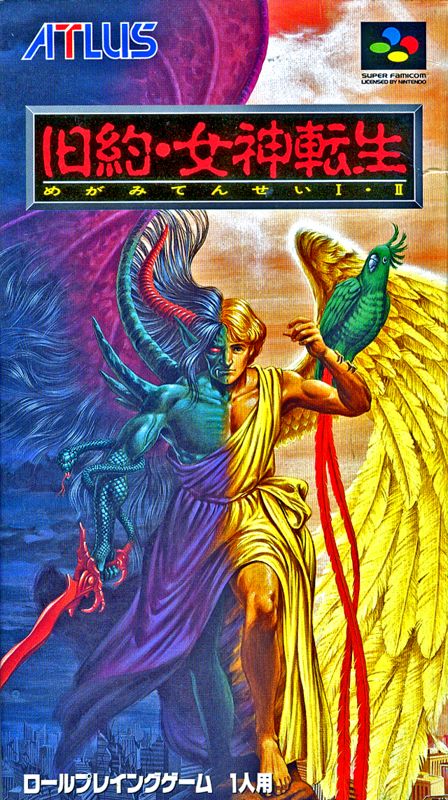
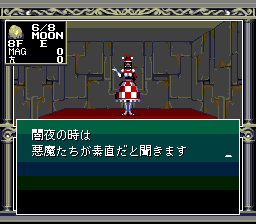
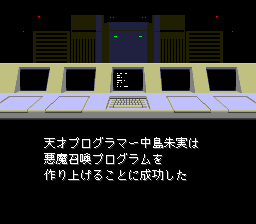
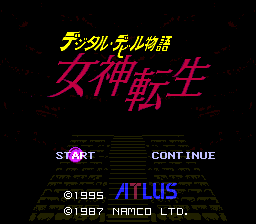



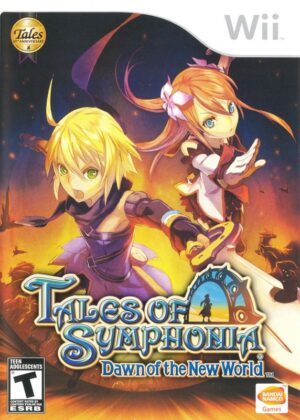

Reviews
There are no reviews yet.